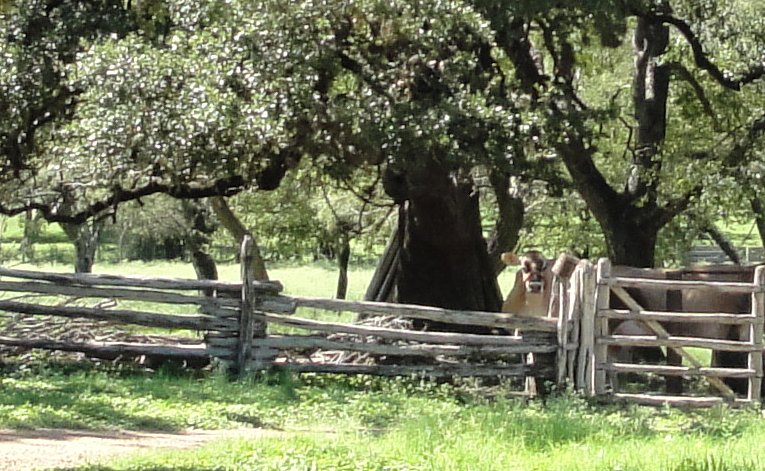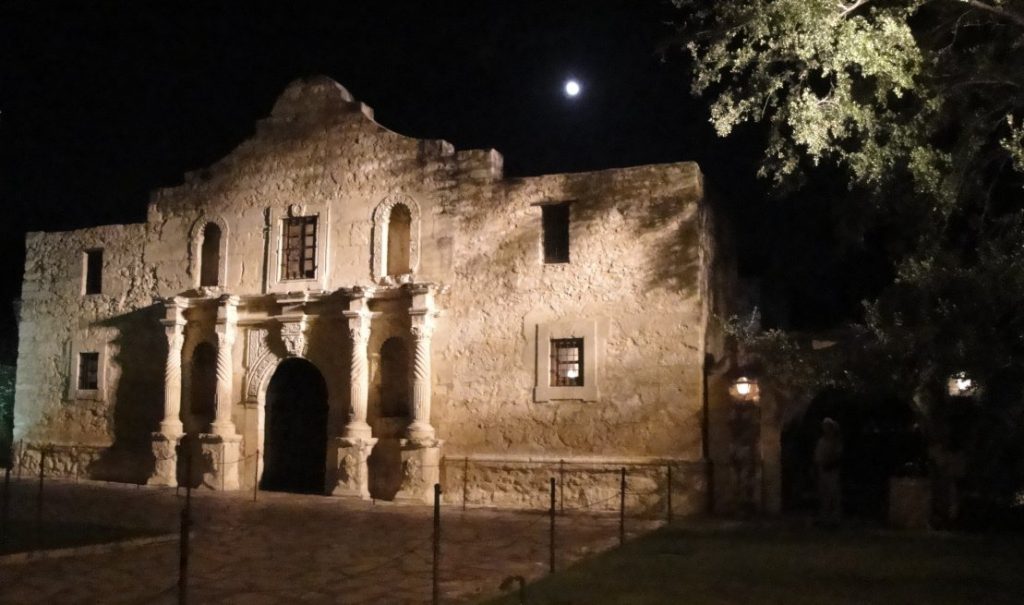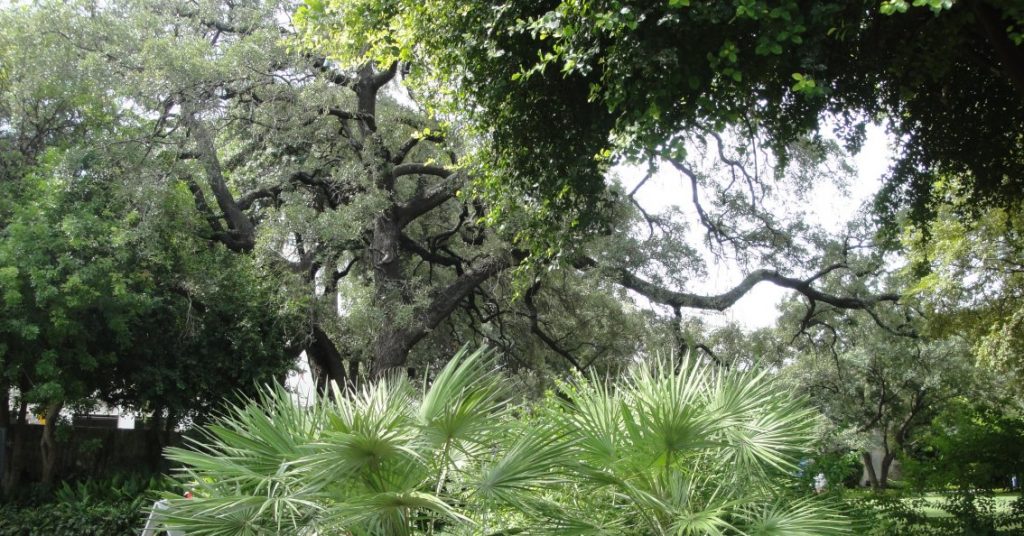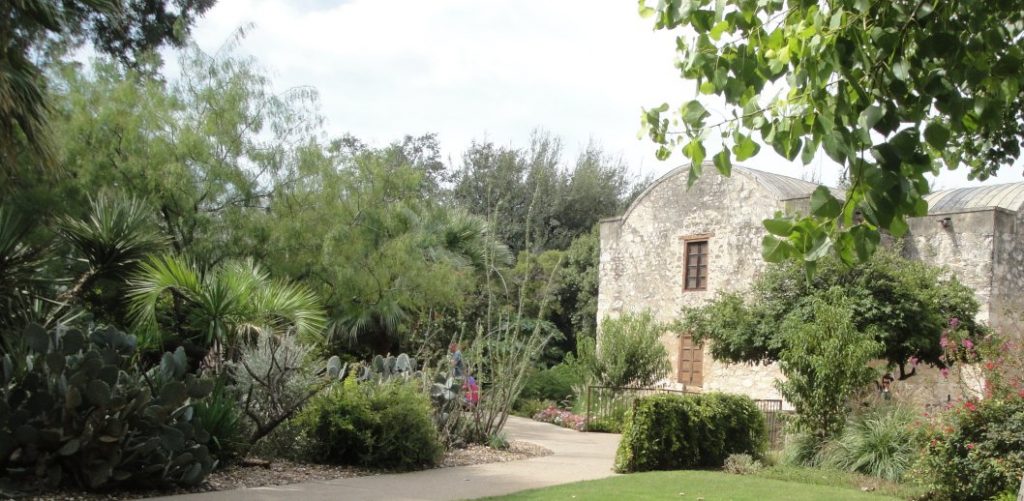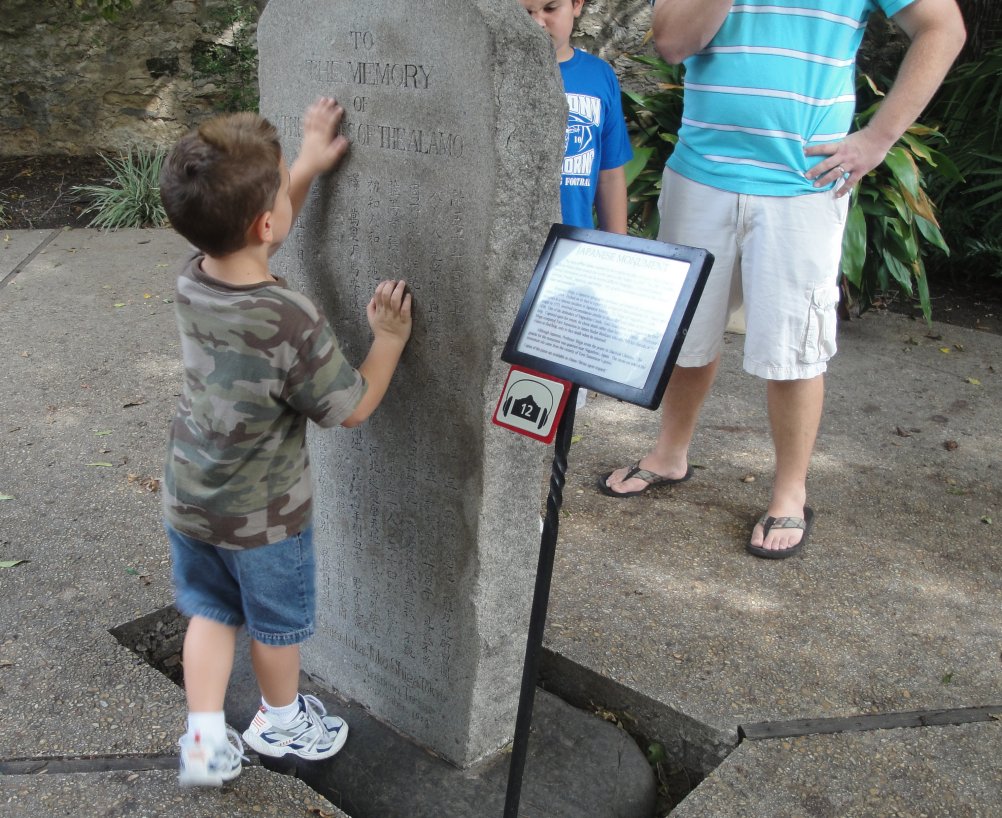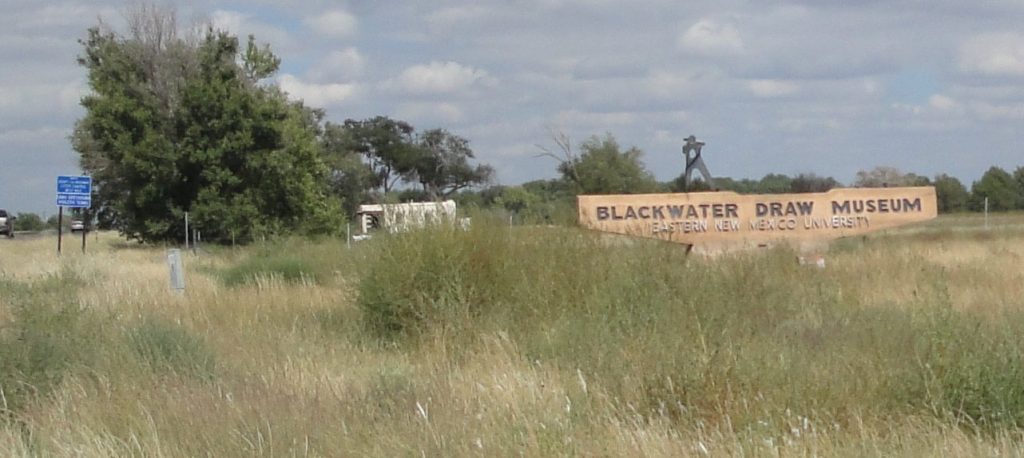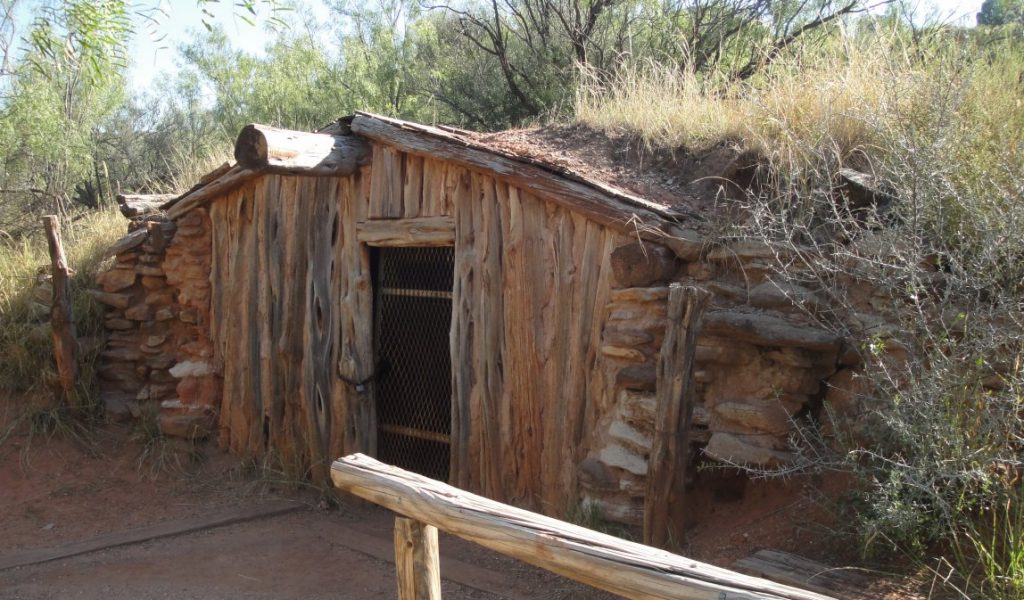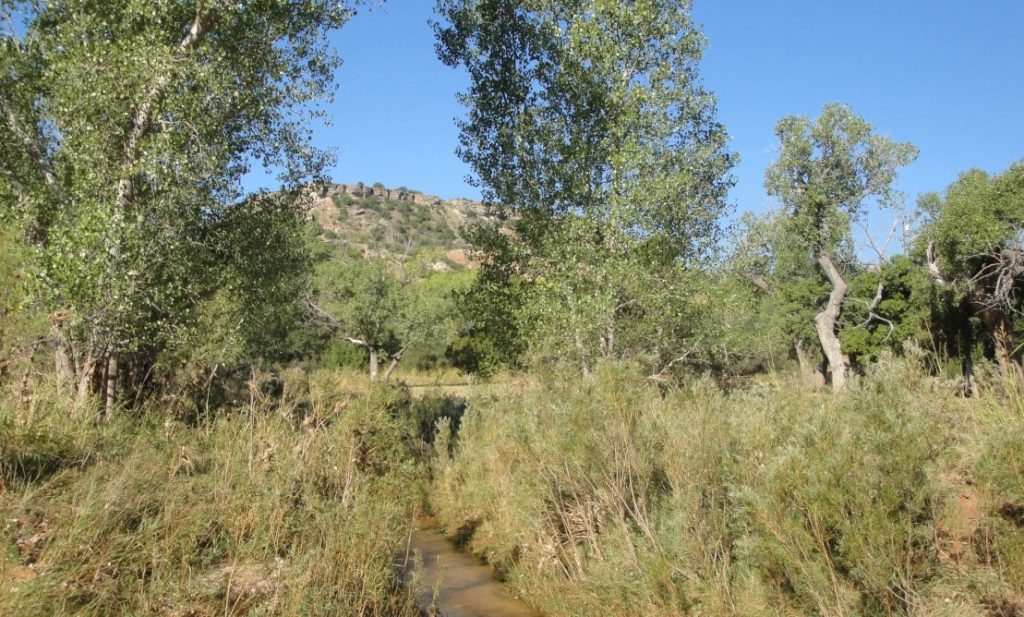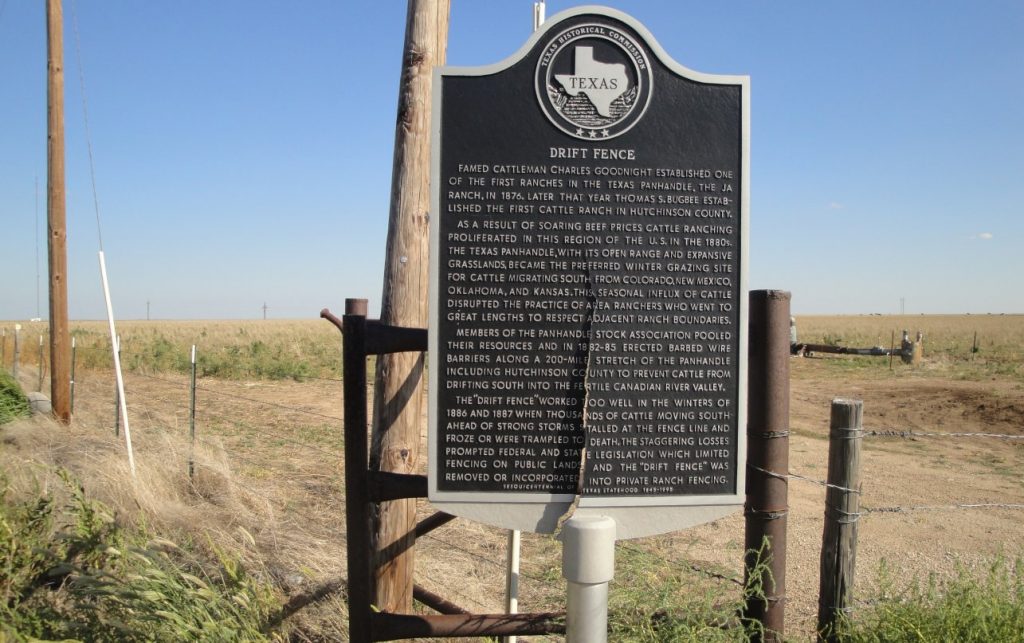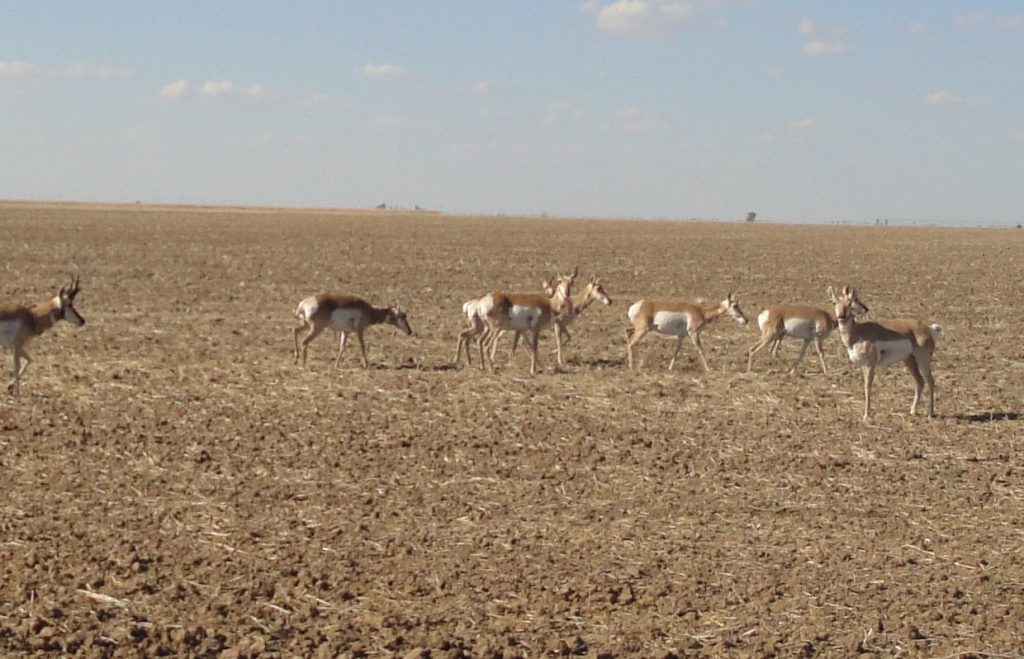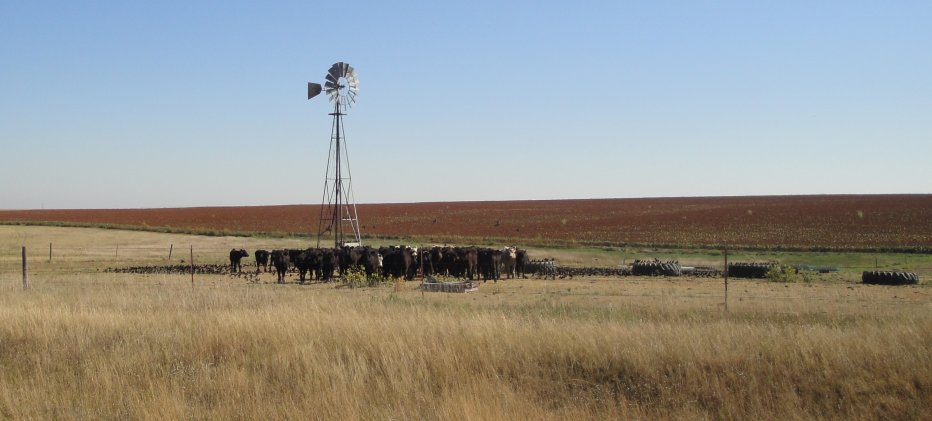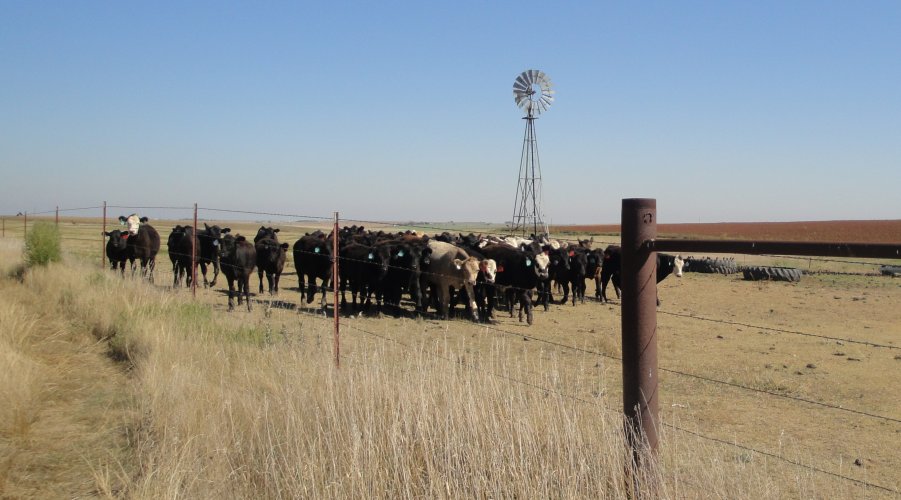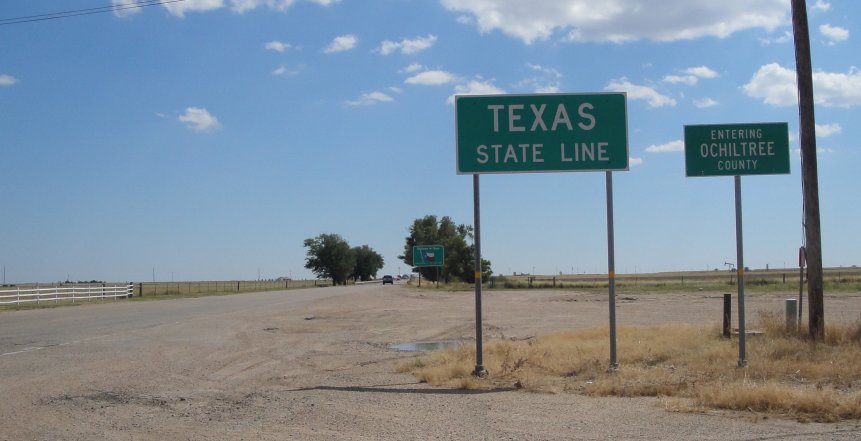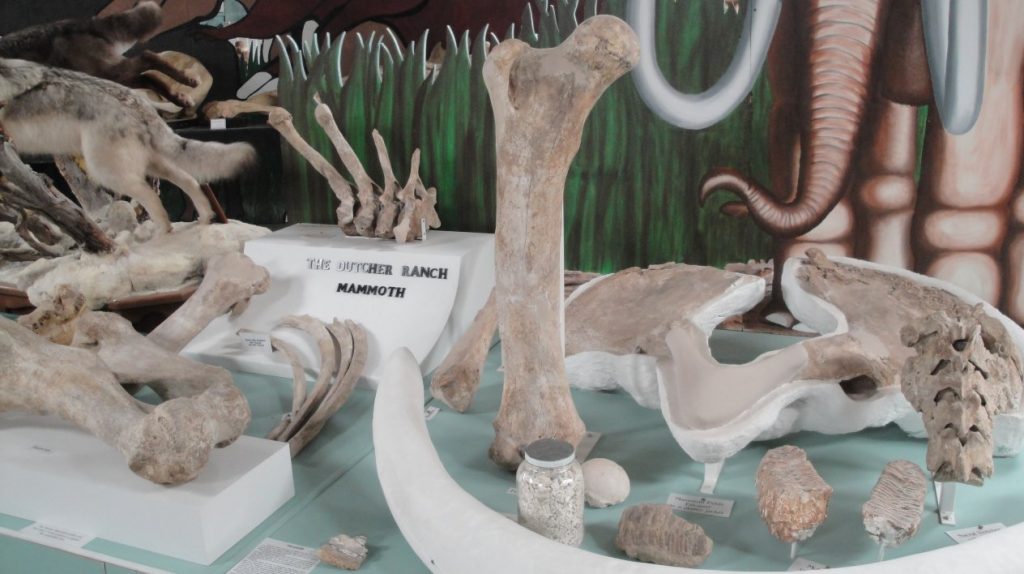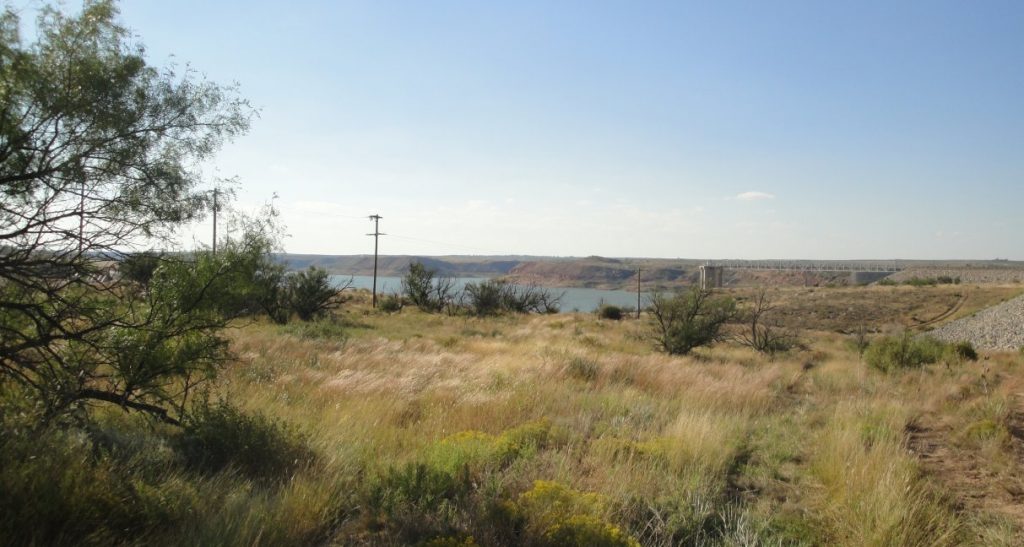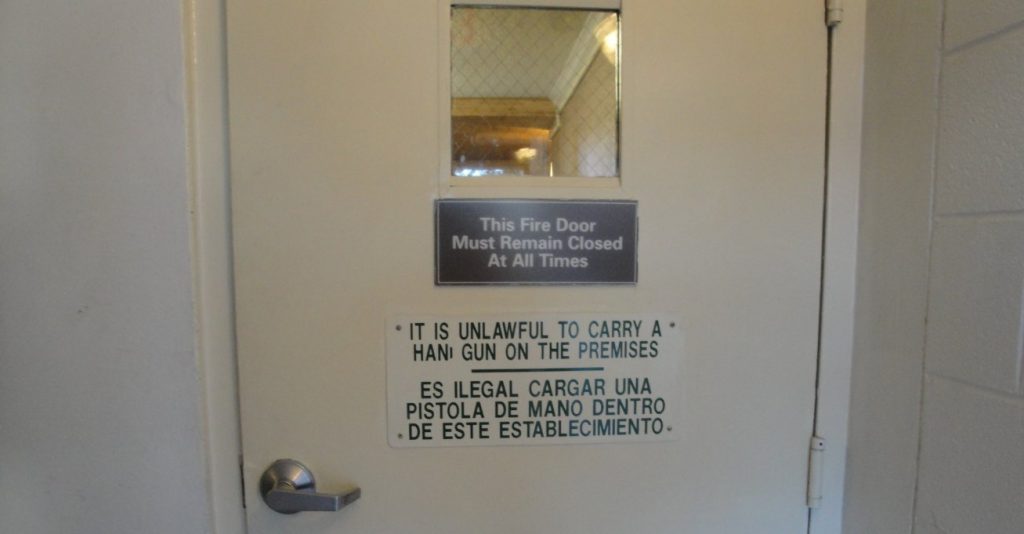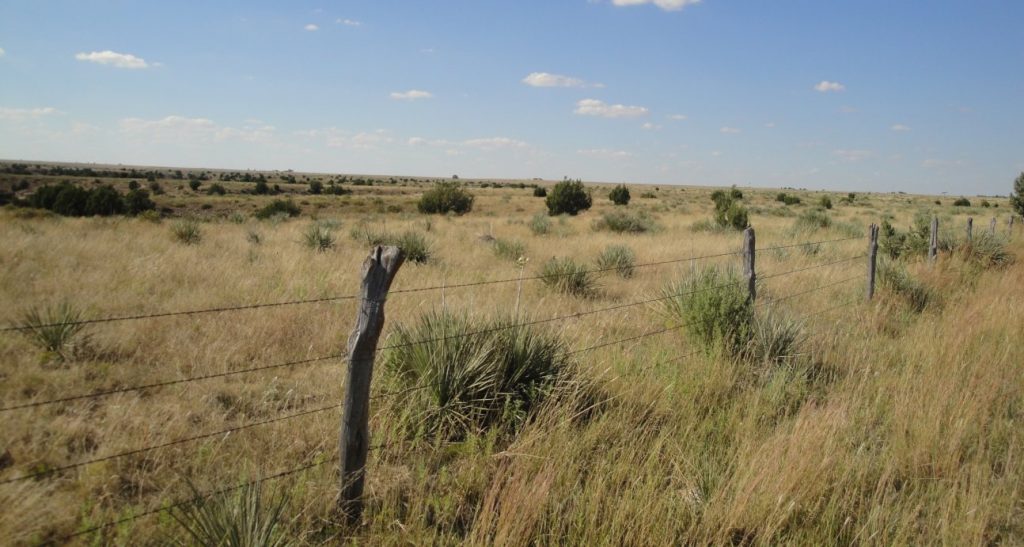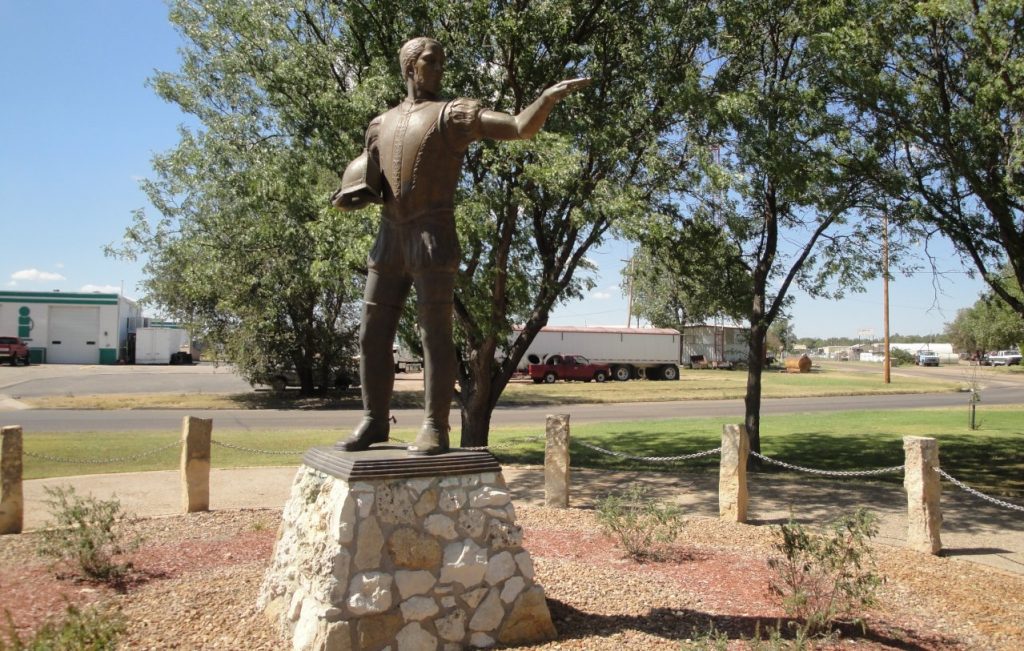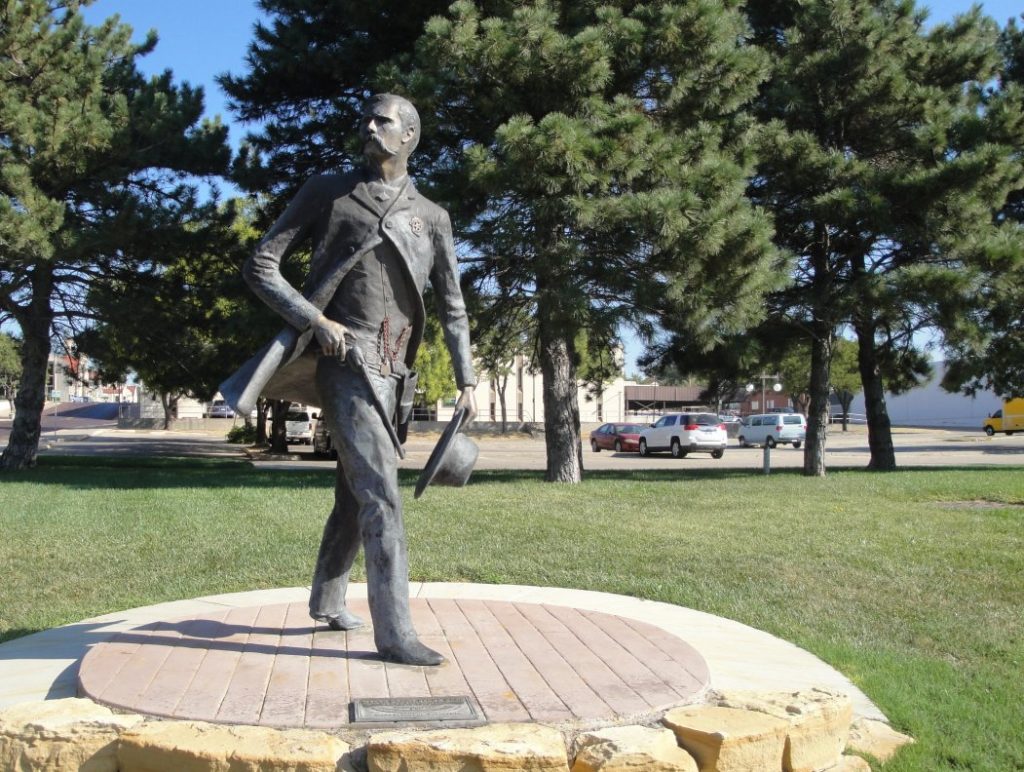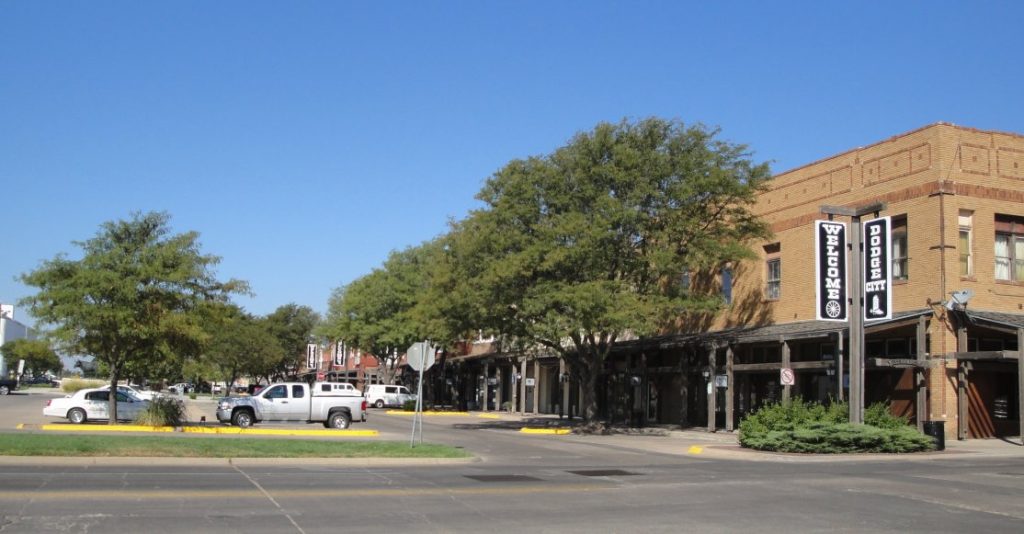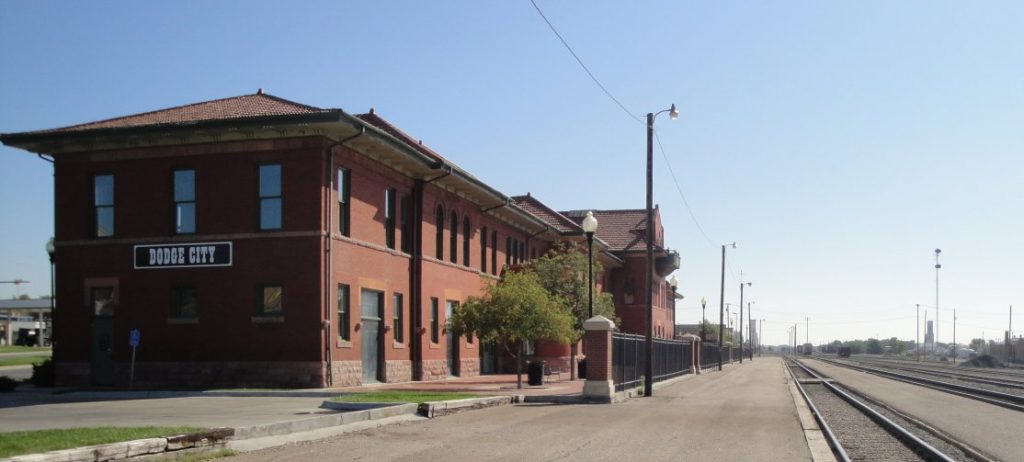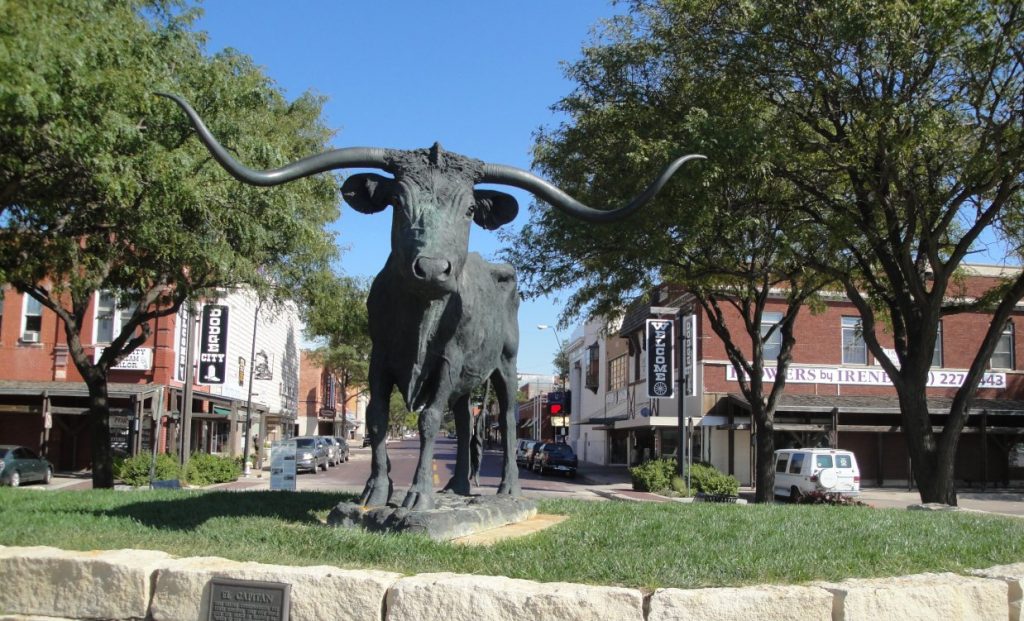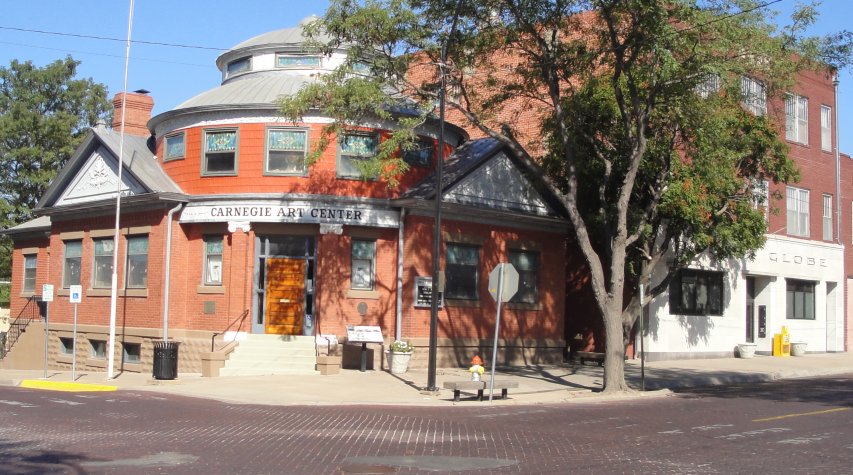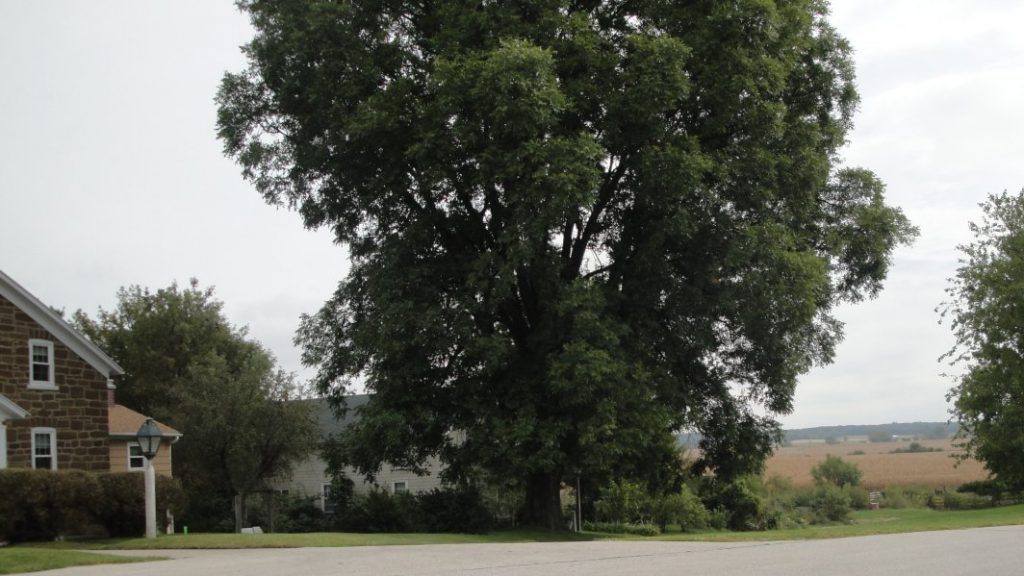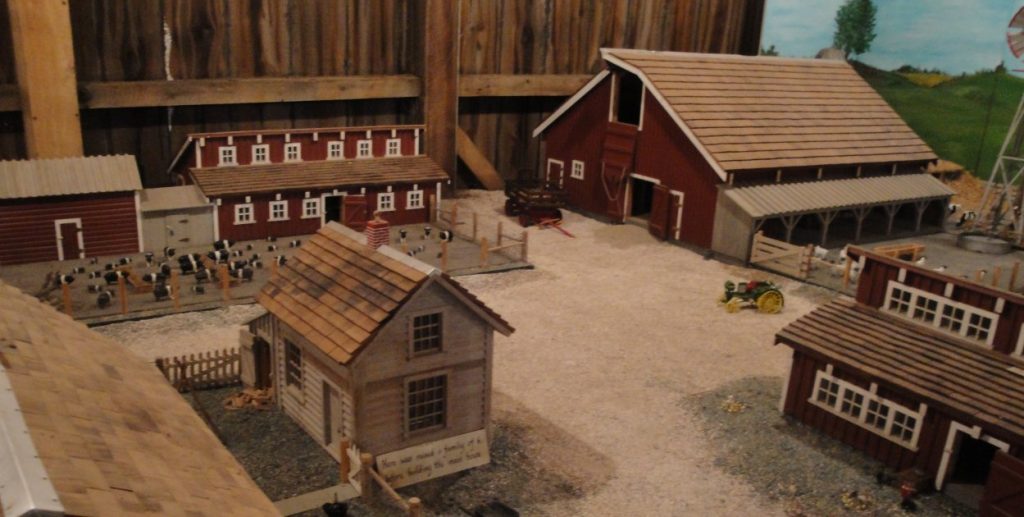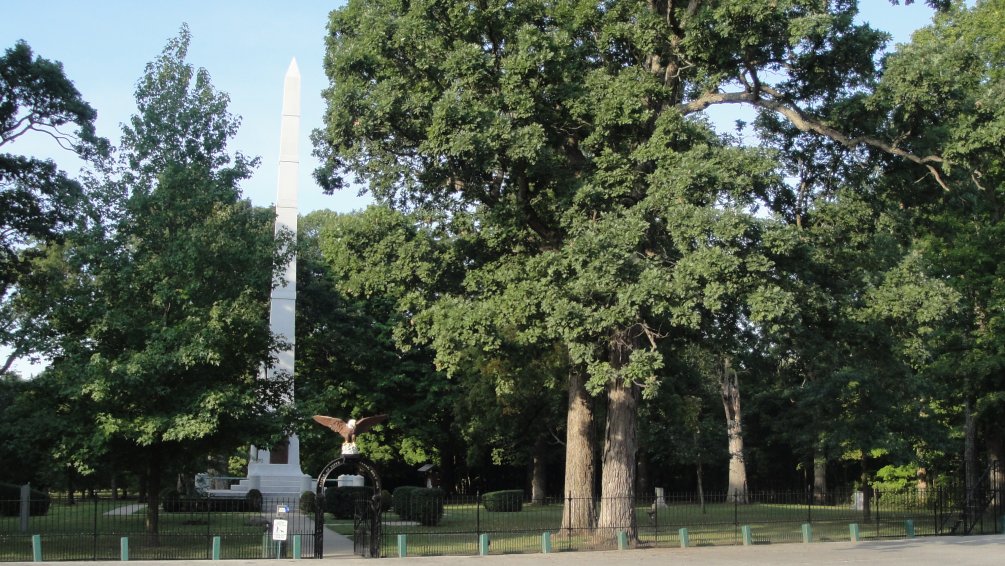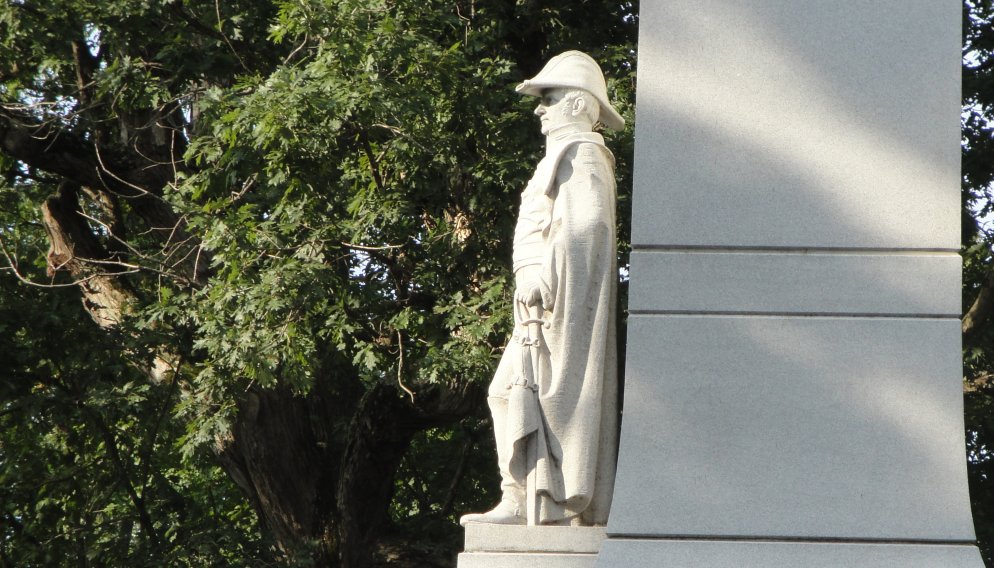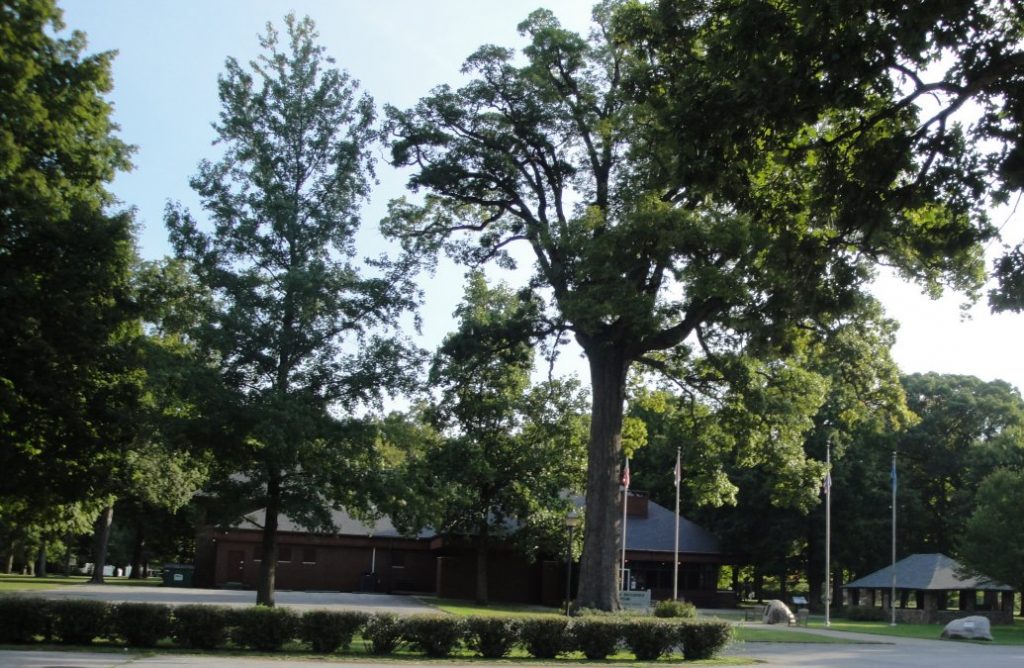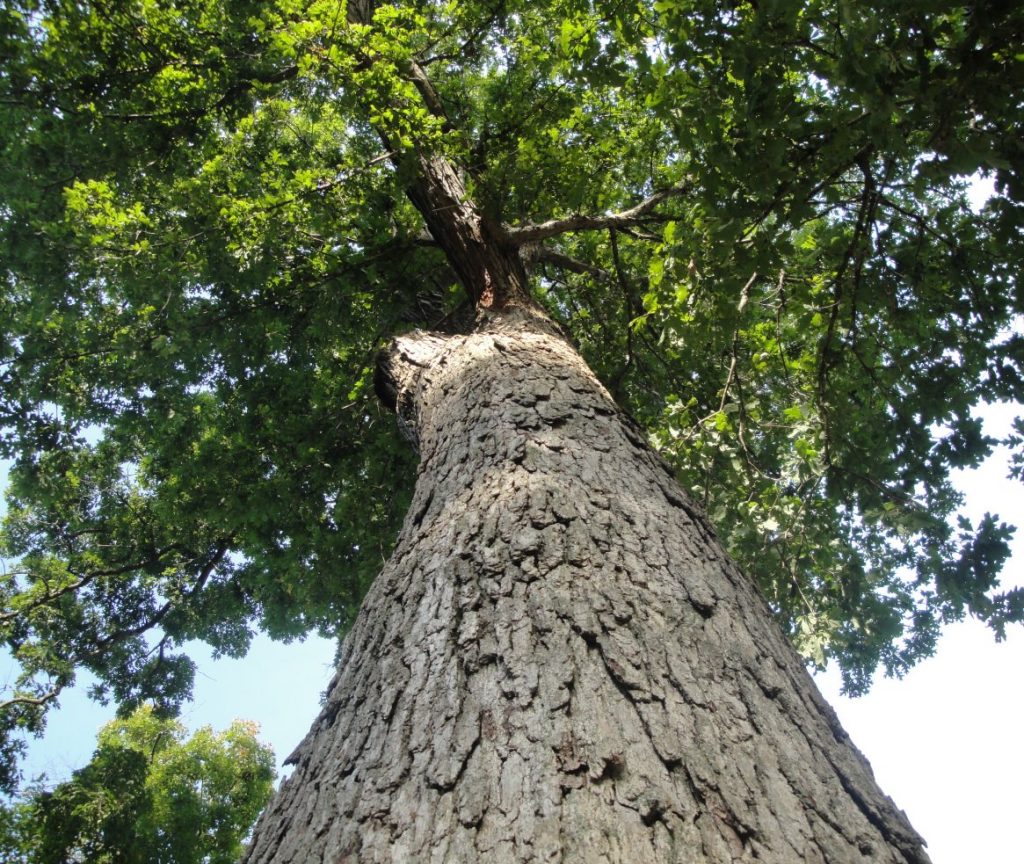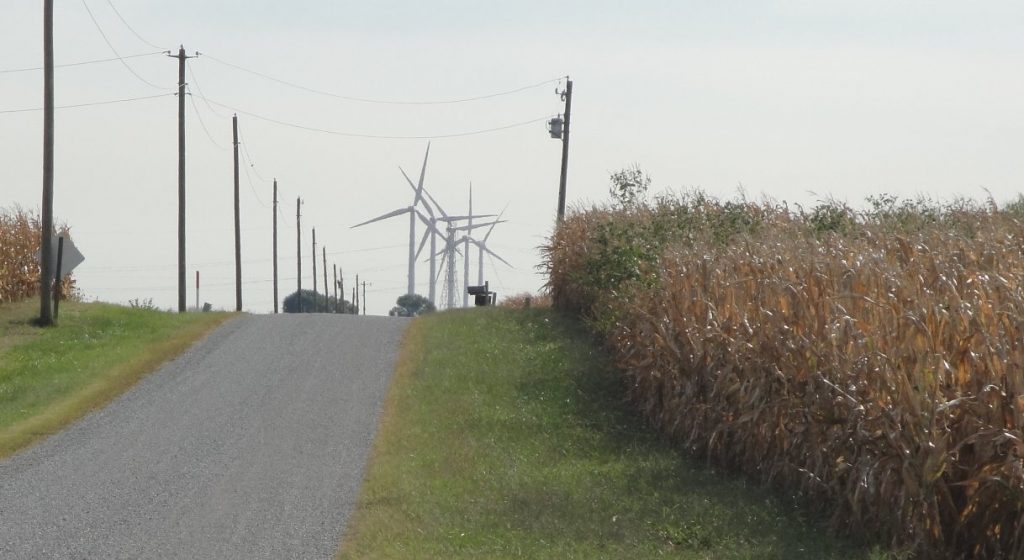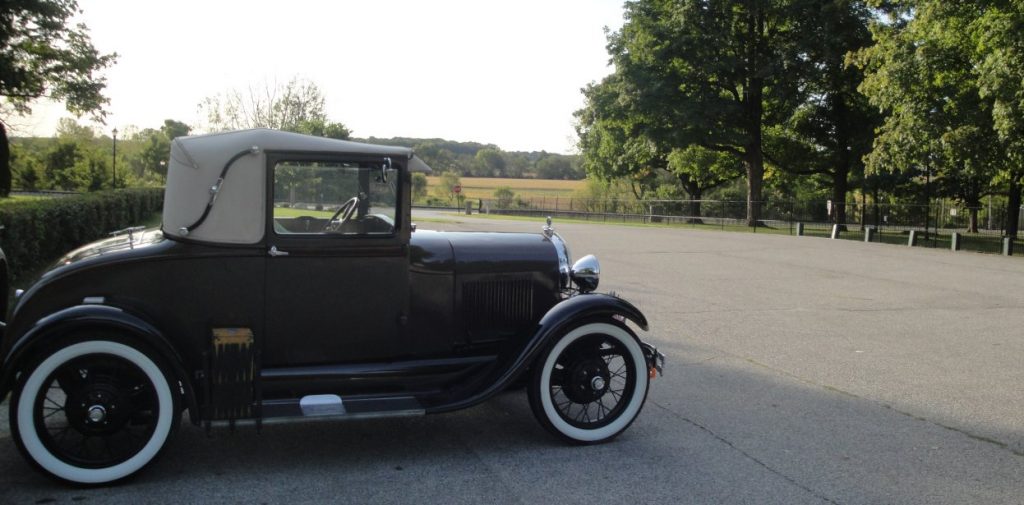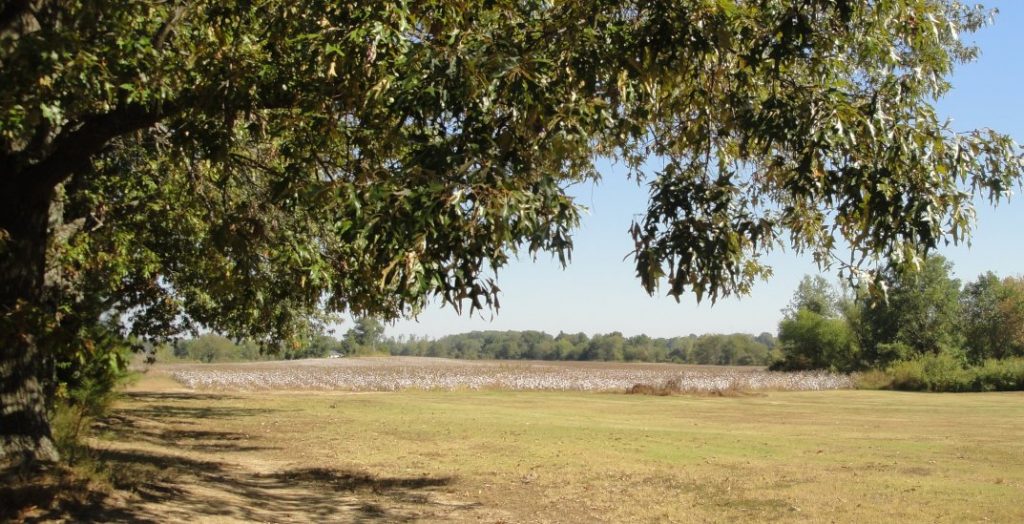
We spent last night at the Holiday Inn in Forrest City, Arkansas. The town was named for Nathan Bedford Forrest. As we drove through western Tennessee, we came across Forrest a few more times. He was very much the famous home town boy. I read that there are thirty-two monuments associated with him in Tennessee. Nathan Bedford Forrest was a Confederate cavalry officer and a true military genius. On the other hand, he trafficked in slaves, was accused of war crimes and was associated with the KKK, although he denied both of the latter. On the other hand, in later life Forrest advocated re-consolidation between North and South and between the races.
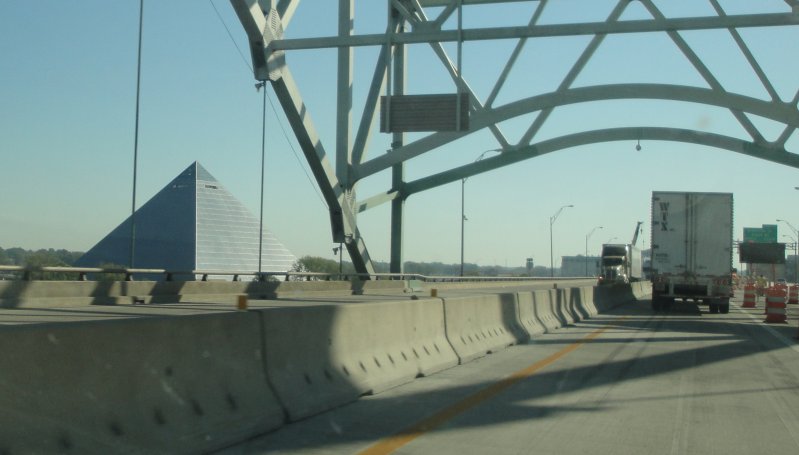
The man was a fighter and good at his job. He famously said that war means fighting and fighting means killing. What you can say for sure about Nathan Bedford Forrest is that he was a man of significant contradictions and that he was well-thought-of at least by some people around Western Tennessee, Western Arkansas & Northern Mississippi.
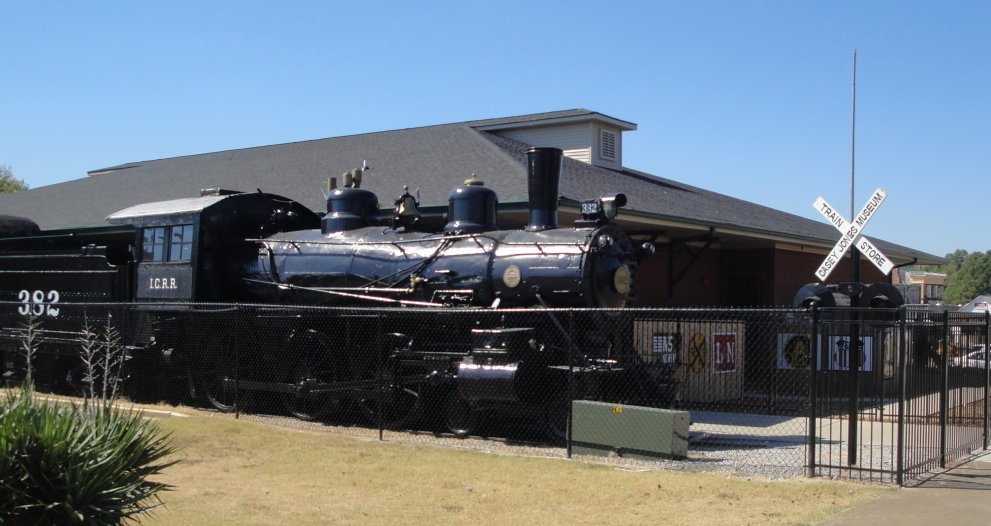
A less controversial local hero is Casey Jones. He was an engineer on the Illinois Central Railroad. His passenger train, the Cannonball Express, ran into a stalled freight train near Vaughan, MS. Jones stayed with the train, pulling on the brakes. He managed to reduce the speed of his train from around 75mph to 35mph. His bravery undoubtedly saved the lives of passengers, none of whom were killed, but Casey Jones died in the wreck.
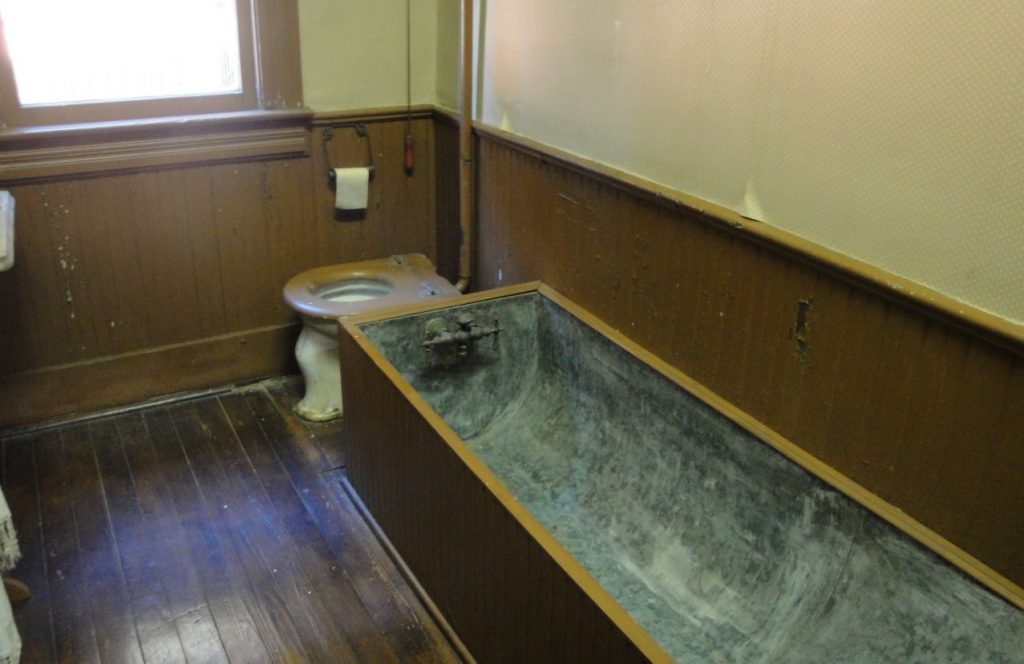
Casey Jones’ experience was immortalized in a song, much like the Wreck of the Old 97, in Virginia. Train wrecks made an impression on those around to see them. We visited the Casey Jones museum in Jackson, Tennessee and saw his house, some railroad artifacts & an engine much like his. It is one of those places that is worth seeing if you are already driving past, but probably not worth going to see if you are not.
The lyrics to the song are at this link.
The top picture is a cotton field in Western Tennessee. Cotton is very hard on the soil & the crop exhausts the nutrients quickly. This was wasteful but it also provided incentive for westward expansion, as new lands were constantly needed. Next is the pyramid of Memphis. I guess it is an arena. Chrissy took the picture of the pyramid, as we drove over the bridge and she demanded I give her credit. This was indeed a good picture, but the others she took on the fly look like they were taken by a drunken monkey. We have to take the sweet with the bitter. BTW – there are no pyramids in the original Memphis. The next picture is an engine like the machine that Casey Jones would have driven, but this one is smaller. The bottom picture is the bathroom in Casey Jones’ house. He was fairly well off for the time. I would like to visit the past, but I wouldn’t want to live there. Besides all the exotic diseases, poor dentistry and interesting smells, we had bathrooms like this for those lucky enough to have such luxurious accommodations.


